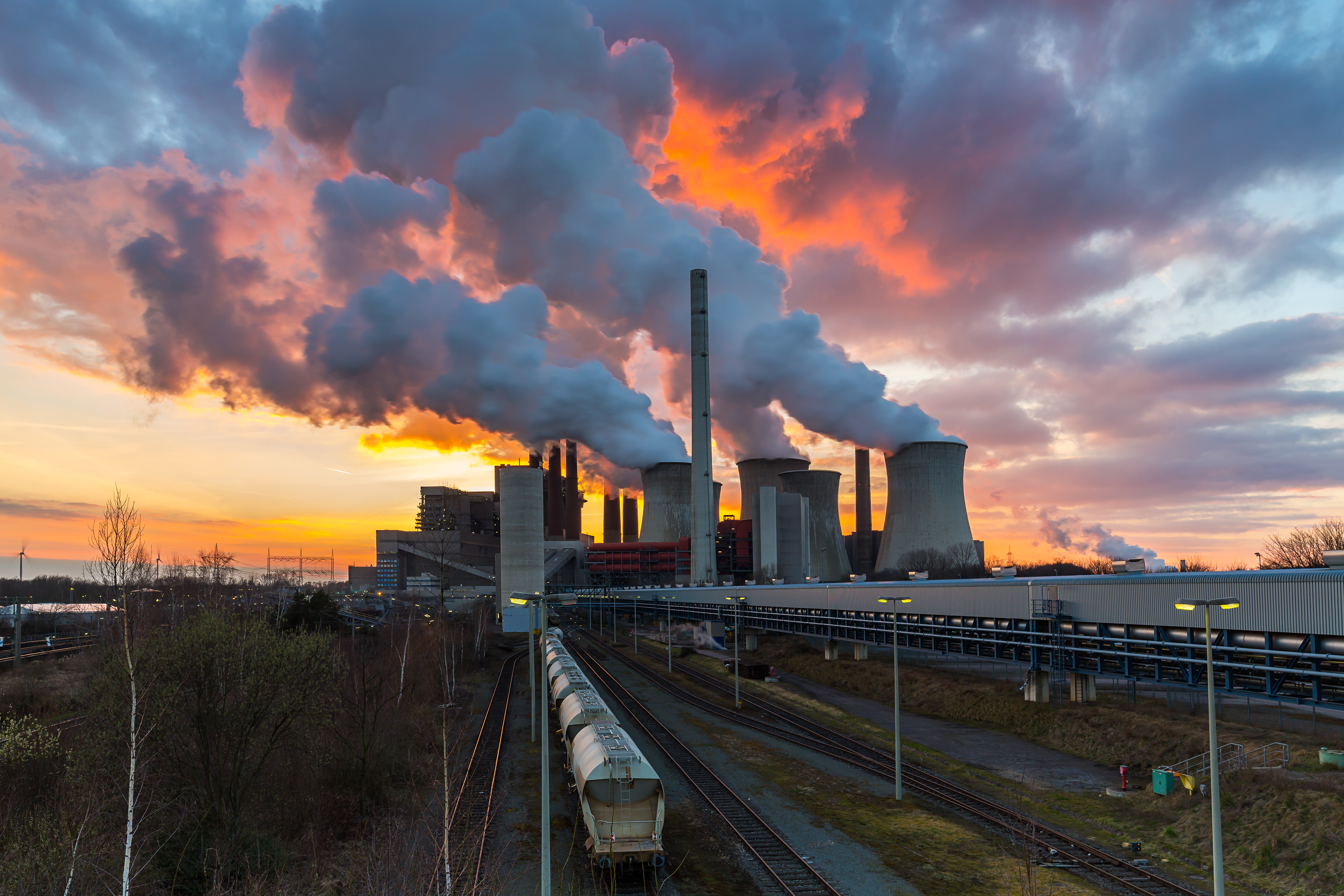EU carbon market leadership held back by weak pricing

Key Takeaways:
The European Union (EU) dominates the global carbon pricing market. The bloc’s flagship climate instrument, the Emissions Trading System, will cover 75% of its emissions by 2030.
Higher carbon prices can boost revenues to finance renewables and support vulnerable households through the energy transition.
About one-quarter of global emissions fall under some form of carbon pricing scheme.
New EU rules will encourage its trading partners to introduce carbon pricing mechanisms and lower emissions.
30 May 2024 (IEEFA) | European Union (EU) leadership in applying carbon pricing is being restricted by low prices that limit the incentive for polluters to decarbonise.
The EU’s groundbreaking Emissions Trading System (ETS) is central to the bloc’s efforts to combat climate change by forcing polluters to reduce or pay for their greenhouse gas emissions. An expansion of the scheme will cover 75% of EU emissions by 2030.
However, new research from the Institute for Energy Economics and Financial Analysis (IEEFA) warns that weak pricing reduces ETS revenues that can be channelled to finance renewables and support vulnerable households through the energy transition.
“While EU carbon prices are expected to rise in the coming years on the back of emissions reduction targets and decreased permit supply, higher prices are needed in the near term to drive further investments into clean technologies and help meet net-zero goals,” said Andrew Reid, an IEEFA energy finance analyst and author of the report.
Despite the EU ETS’s shortfalls, the scale of the system meant that Europe accounted for 79% of global revenue raised from carbon pricing schemes in 2022.
About one-quarter of global emissions presently fall under some form of system. Total revenues from carbon pricing reached US$95 billion in 2022—less than 1% of the global cost to society of these emissions.
The report finds that the EU will likely continue playing an outsized role in the global carbon pricing market as it aims to apply its rules to trading partners, spurring them to lower emissions and leading to the introduction of new carbon pricing structures in these countries. This is thanks to the EU’s Carbon Border Adjustment Mechanism (CBAM), which aims to protect EU producers from the ‘offshoring’ of emissions to economies with weaker climate policies.
Currently in a transition phase, the CBAM will start applying a fee from 2026, when imports of cement, iron and steel, aluminium, fertilisers, electricity and hydrogen will be liable for EU carbon pricing.
The mechanism is expected to have a material impact on major polluters such as China, which is responsible for 29% of global emissions. The threat of paying fees to the EU will encourage higher prices in the China ETS, and the country may put pressure on other trading partners to follow suit.
“The CBAM provides a clear incentive for non-EU countries to introduce carbon pricing tools that can help fund climate commitments within their borders. Failing to do so will see them having to play by the EU’s rules and face economic leakage as their payments are received by the bloc rather than their own treasuries,” said Reid.
Read the report: https://ieefa.org/resources/carbon-pricing-governments-increasingly-make-polluters-pay-climate-change
Press contact
Jules Scully | [email protected] | +447594 920255










